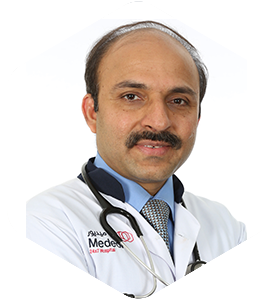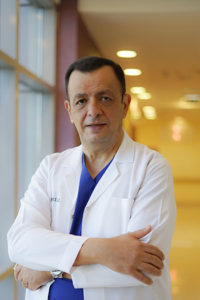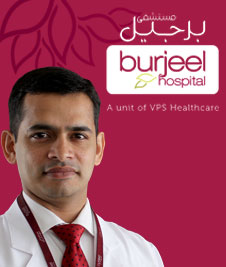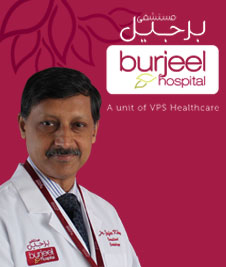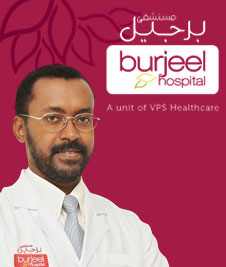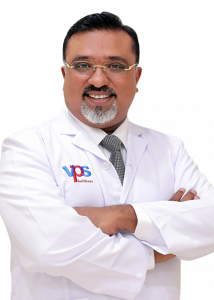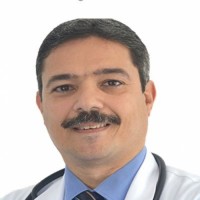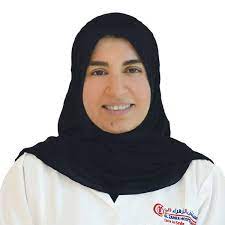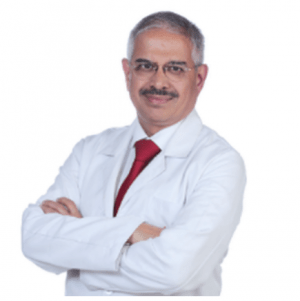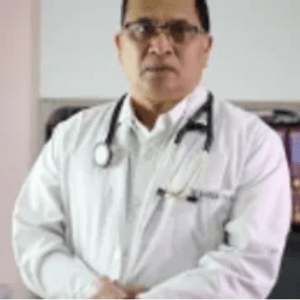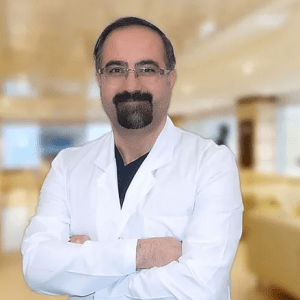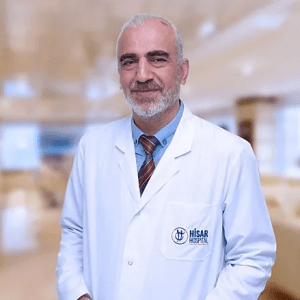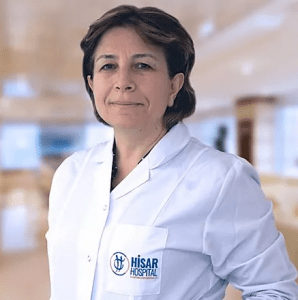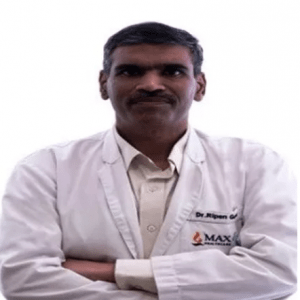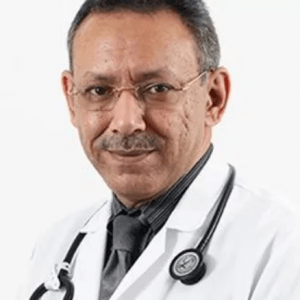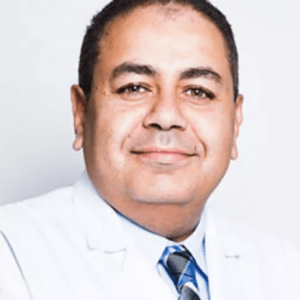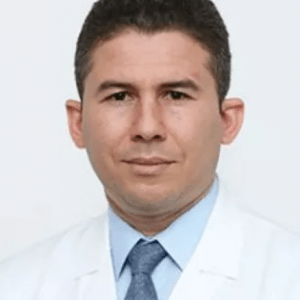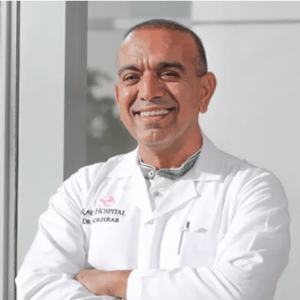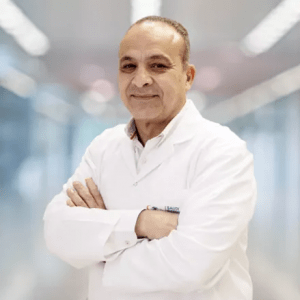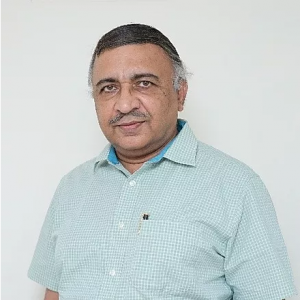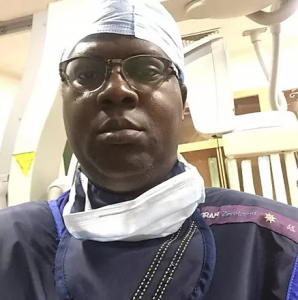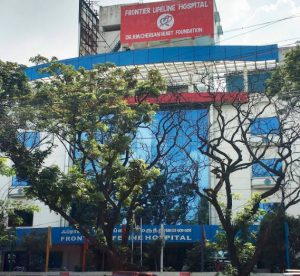Heart Valve Repair and Replacement: Risks and Complications
Heart valve replacement surgery is aimed at repairing or replacing a heart valve that is too narrow or does not close right. The surgery can be used to replace up to four valves in the heart. The valves are situated between the four heart chambers and their function is the continuous movement of the blood… Read More
Top Doctors For Heart Valve Repair and Replacement: Risks and Complications Treatments
Top Hospitals For Heart Valve Repair and Replacement: Risks and Complications Treatments
Heart Valve Repair and Replacement: Risks and Complications
Table of contents
Heart valve replacement surgery is aimed at repairing or replacing a heart valve that is too narrow or does not close right. The surgery can be used to replace up to four valves in the heart. The valves are situated between the four heart chambers and their function is the continuous movement of the blood in the right direction. When the valves are functioning properly, the blood, when pumped towards a direction, flows without any change in direction or back-flow. They act like doors that open and close with each heartbeat. In the instance that the heart valves stop working or experience a malfunction, it leads to some of the blood flowing back into a chamber that it was just pumped from. In some cases, the valve may become narrow, and this may prevent blood from moving into another chamber. This inhibits the proper functioning of the heart.
Describing the Valves of the Heart and Their Functions
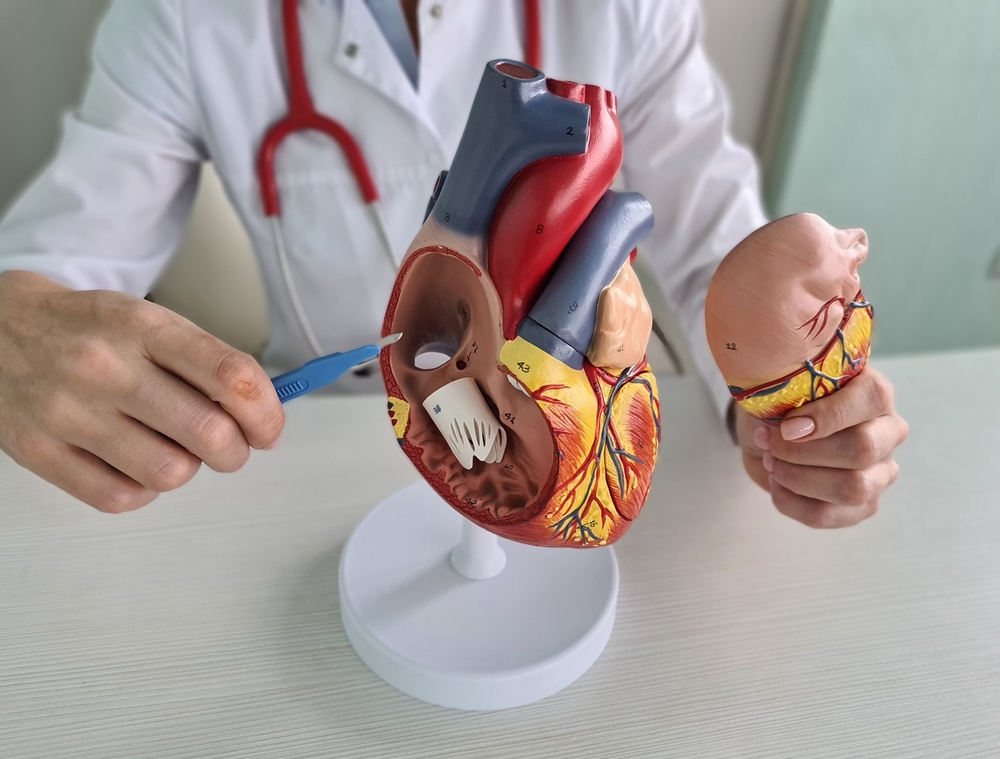
There are four valves in the heart, they are:
- Tricuspid valve – This valve regulates the flow of deoxygenated blood from the right atrium to the right ventricle.
- Pulmonary valve – It regulates the movement of de-oxygenated blood from the right ventricle to the pulmonary artery, which then takes the blood to the lungs for oxygenation.
- Mitral valve – This regulates oxygenated blood coming from the lungs from the left atrium to the left ventricle.
- Aortic valve – This valve regulates the oxygenated blood from the left ventricle to the aorta, through which blood is then circulated throughout the body.
When a malfunction happens in the heart valve, an individual can get surgery to replace or repair the impaired valve. Several options exist for valve replacement surgery; various valve replacement devices can help restore blood flow through the heart. The most common valves that surgeons work on are the aortic and the mitral valves.
These valves can be replaced by artificial ones or donated biological valves, like from animals or human beings. Several factors affect the type of heart valve that would be used by a surgeon. These factors include:
- Age of the patient
- Family history
- Presence of other cardiac devices like pacemakers and the like
- Lifestyle of the patient
- Presence of heart conditions
- Presence of other medical conditions like diabetes, high blood pressure, etc.
What are the risks and complications of heart valve repair?
The procedures are generally safe, but as seen in every surgery complications can arise. Some possible risks of the surgery include:
- Bleeding during or after the treatment
- Damage to blood vessels
- Pneumonia
- Breathing issues
- Infections in the incision site
- Blood clots
- Arrhythmias
- Valve failures
- Bad reaction to anesthesia
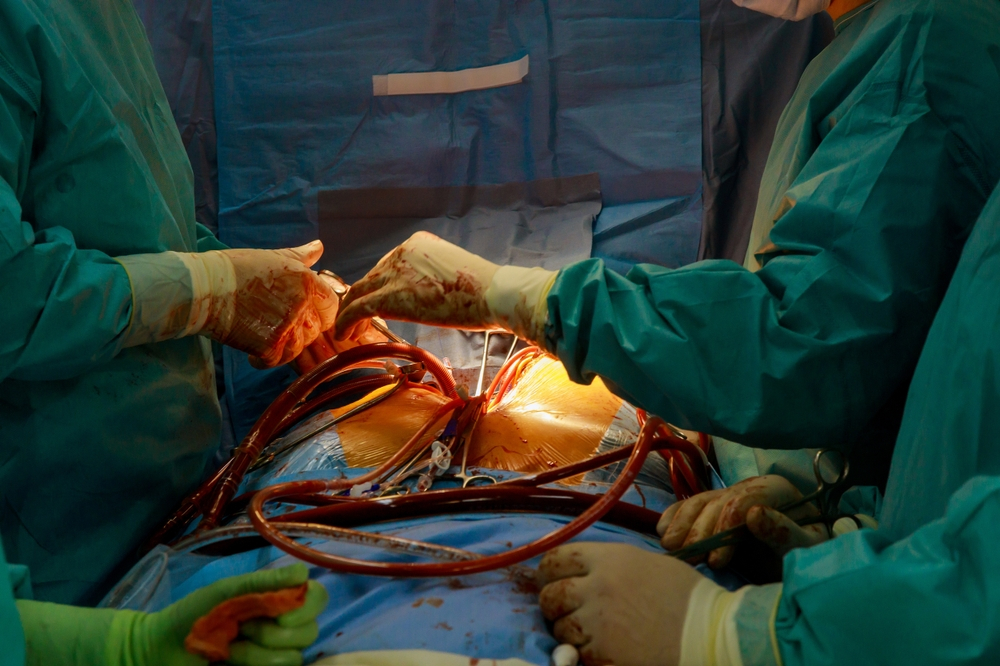
The risks that a patient may face are affected by the following:
- The age of the patient
- Their current health level and other medical conditions that may be present
- The number of procedures that they may have in a single operation
The risks are usually discussed extensively by the cardiologist before the surgery. Individuals with a fixed or replaced valve are at a higher risk of getting infective endocarditis. However, this can also occur in the case of a valve malfunction that is not repaired. In some cases, the patient is prescribed antibiotics to prevent them from getting endocarditis after undergoing some dental work. This risk can be prevented by the patient ensuring that they have good oral hygiene and that they take very good care of their teeth.
What to expect during the surgery
This procedure requires hospitalization. The patient is given a gown and asked to change into it. Also, they drop any jewelry or accessories that they may be with. They are asked to empty their bladder before the surgery commences. Then, they are hooked up to an IV line through a vein in their hand or arm, with additional catheters going into their necks and wrists to monitor their blood pressure and heart as well as to obtain samples of their blood. They are laid on the operating table on their backs. They are then sedated, with the anesthesiologist monitoring their vitals. After sedation, the patient is intubated, and connected to a ventilator which helps them breathe during the surgery.
Open heart procedure
In this procedure, an incision is made from below the neck to above the navel, the breast bone is divided with special instruments, and the heart is exposed. The heart is stopped during this procedure, tubes are inserted into the heart in order for blood to continue being pumped during the surgery by a bypass machine. The heart is stopped by a cold solution when the blood is completely bypassed.
After the heart is stopped, the procedure is then performed by removing or repairing the diseased valve, based on the type of problem that exists. Once this is completed, blood circulating via the bypass machine is let back into the heart and the tubes to the machine are removed. The heart is then shocked with small paddles to restart the heartbeat. Once the heart is beating, it is observed by the doctor to assess the condition of the heart and the new valves.
A temporary pacemaker may be inserted into the heart to help with the pace during the recovery period. The sternum is rejoined, the skin sewn back, and the incision closed with sutures or surgical staples. Drainage tubes will then be inserted into the heart and connected to a suction device to get rid of fluids from around the heart. A bandage is then applied.
Transcatheter aortic valve replacement (TAVR)
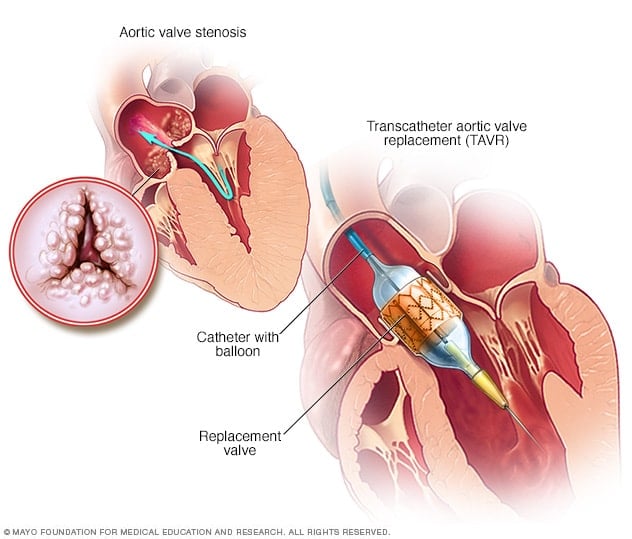
TAVR is a minimally invasive procedure that is used to treat aortic stenosis, it is not an open heart procedure. The aortic valve is accessed by threading thin tubes called catheters from an artery near the individual’s groin. The procedure is similar to placing a stent in an artery to reduce narrowing. Instead, a surgeon implants an expandable replacement valve in the site of a narrowed aortic valve through a catheter. The old valve is moved out of the way after the placement. Then, the tissue of the implant starts controlling the blood flow in place of the damaged valve. This procedure ensures that the individual spends less time recovering in the hospital after the procedure than with open-heart surgery.
Minimally invasive heart valve surgery
This is done through a smaller incision, about three inches or smaller. The techniques that may be involved include endoscopic approaches, keyhole approach which can also be referred to as port access, thoracoscopic or video-assisted surgery, and robotic-assisted surgery.
How long does recovery take after heart valve surgery?
It takes anywhere from 4-8 weeks to recover from heart valve surgery. The recovery time, however, is significantly impacted by the type of surgery that was carried out. The recovery is usually much shorter if it is minimally invasive or through a vein. The way a patient will after the surgery is hinged on the following:
- Which valve was repaired or replaced
- The health of the patient before the surgery was done
- The method that was used by the surgeon to access the heart, whether it was a large incision, a small incision, or if it was through a vein
- The operative process
- The postoperative process
The patient should expect to be easily fatigued for at least the first three weeks after the surgery. They should not be allowed to drive for the first few weeks after the surgery. They should also not be allowed to handle anything that weighs more than 15 pounds for the first 6-8 weeks after the surgery.
What are the survival and success rates of the surgery?
A study that was carried out found that people who were more physically active in the year following the surgery had a lower risk of death than others who did not exercise much. The death rate revolves around 0.1-10% depending on the operation and the person’s overall health.
The majority of patients who undergo heart valve replacement surgery notice a significant improvement in their symptoms and quality of life. The type of valve being replaced and the patient’s general health are two variables that can affect the success rates. To decide if this surgery is the best choice for you, it is crucial to go over the potential risks and advantages with your doctor.
It is always better to weigh options of quality hospitals with expert surgeons as this helps improve the success rate of the surgery. Engaging in medical or health tourism with the services of a trusted meditour or medical travel agency will help your options.


